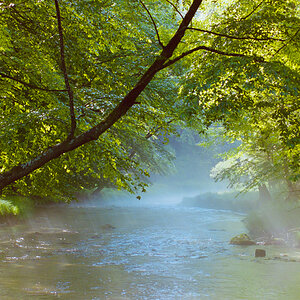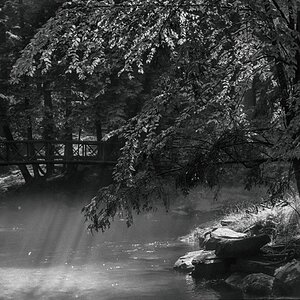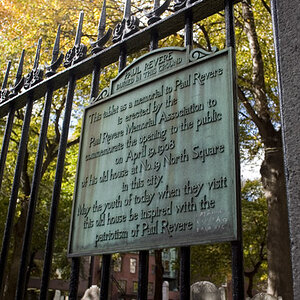stone_family3
TPF Noob!
- Joined
- Sep 15, 2009
- Messages
- 349
- Reaction score
- 2
- Location
- Columbus Ohio
- Can others edit my Photos
- Photos NOT OK to edit
Anyone use this system? Our Adv B&W class requires us to use this, it's been 3 weeks and it just isn't clicking.







![[No title]](/data/xfmg/thumbnail/35/35946-771bfce9b2727c9126587d96c471da80.jpg?1619737254)


![[No title]](/data/xfmg/thumbnail/37/37618-4cd08d553e4ce30fd49570b1ba8259f2.jpg?1619738152)
![[No title]](/data/xfmg/thumbnail/32/32926-ec27ecead8c80d803404500d8f888dbf.jpg?1619735754)
![[No title]](/data/xfmg/thumbnail/35/35947-ab35bfc67d8e12ce65dda301d3bf2b66.jpg?1619737255)
